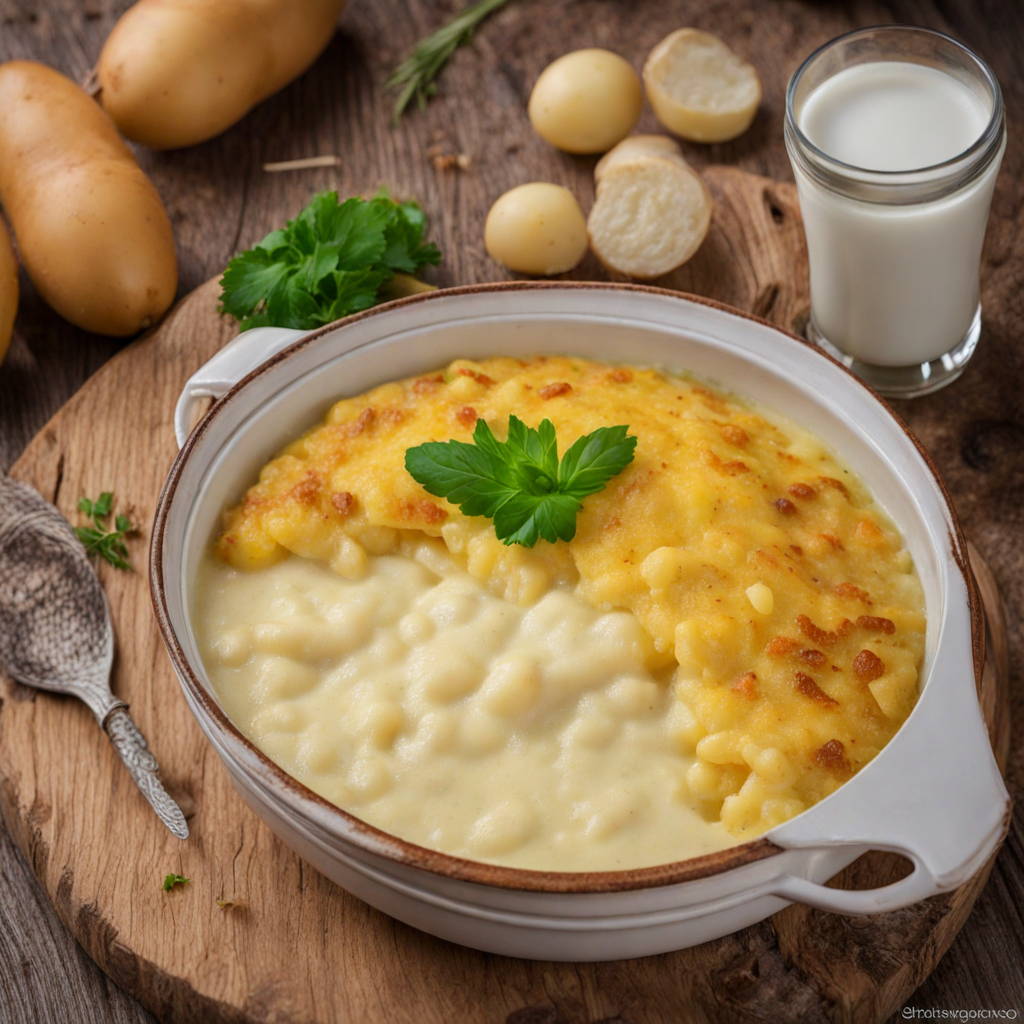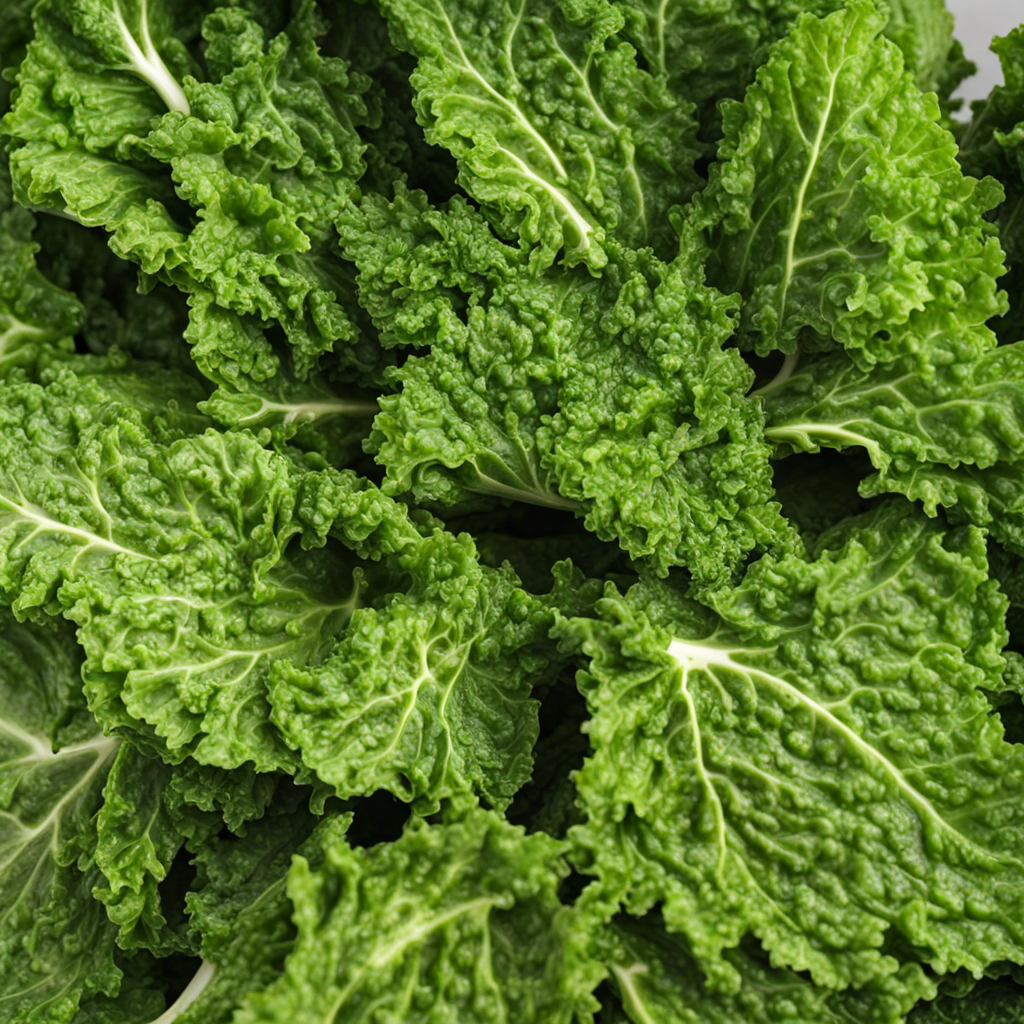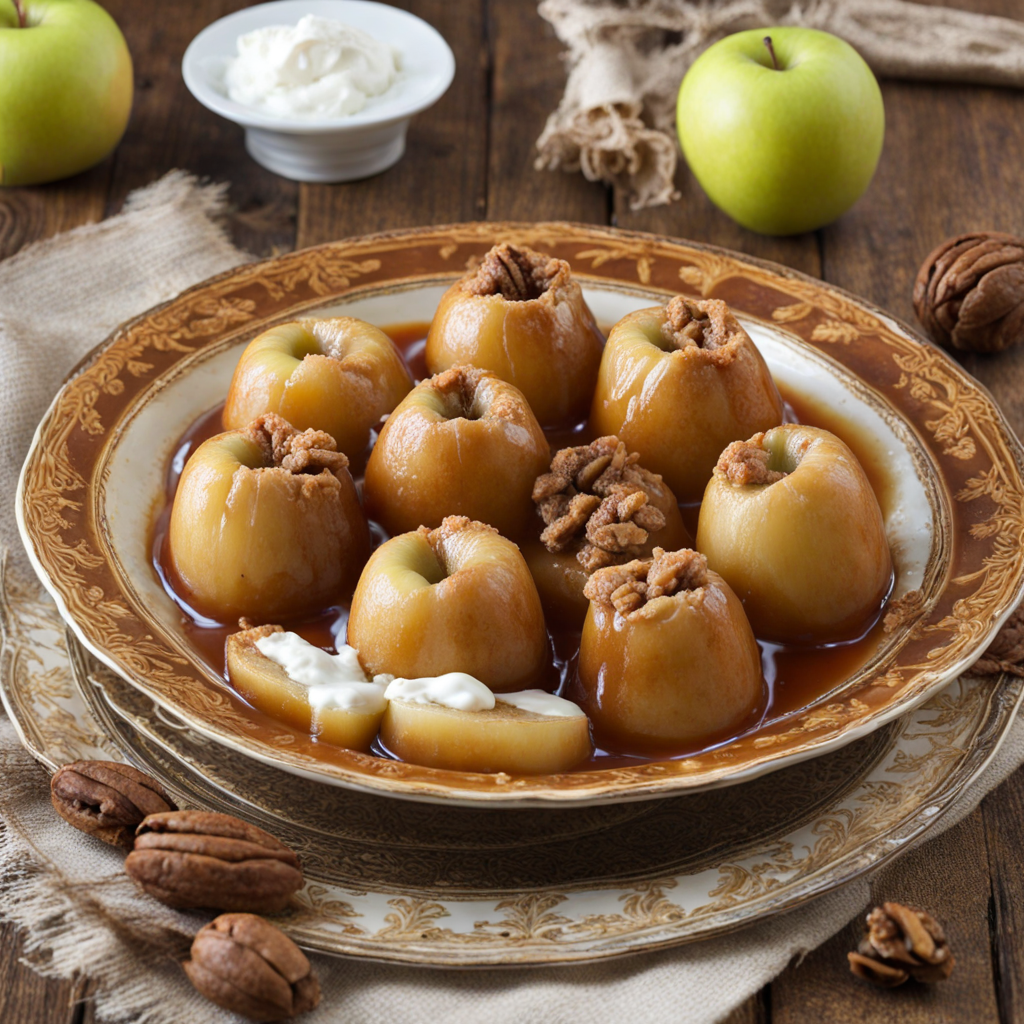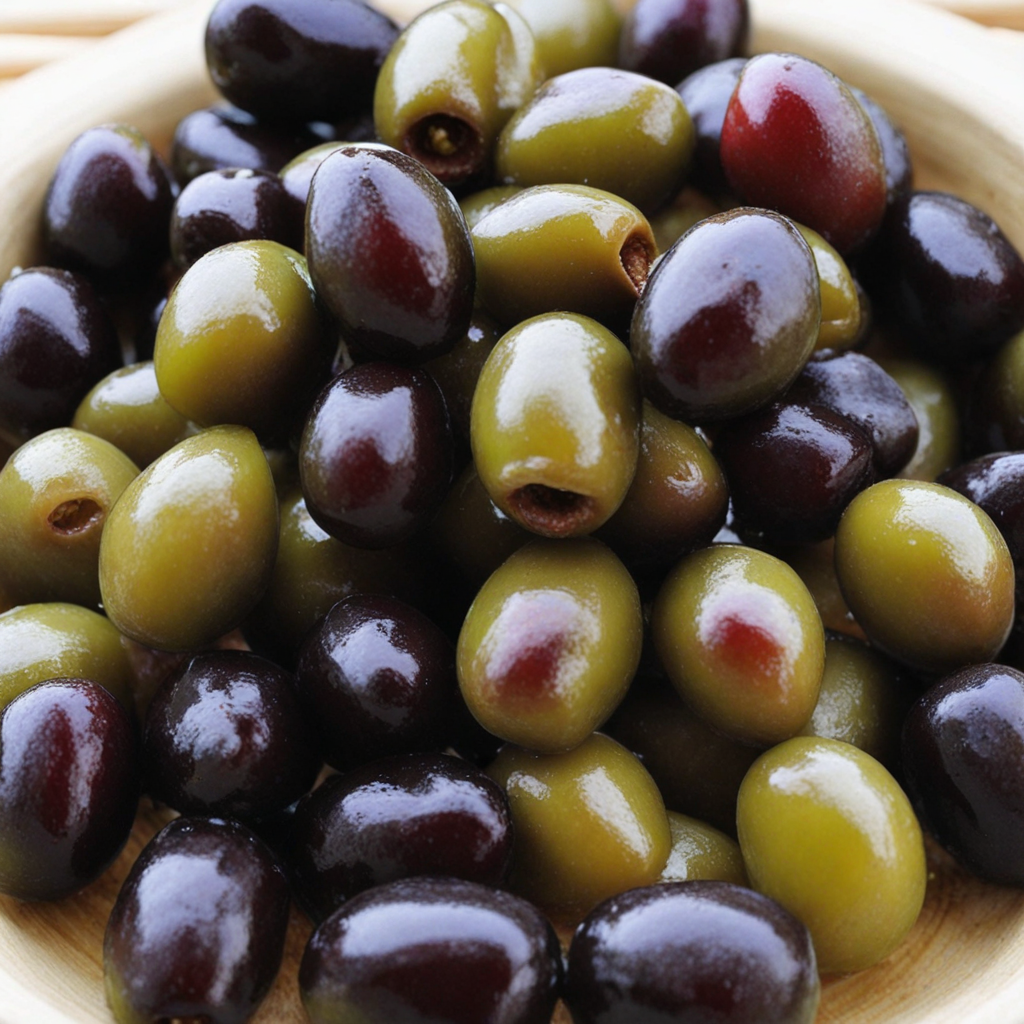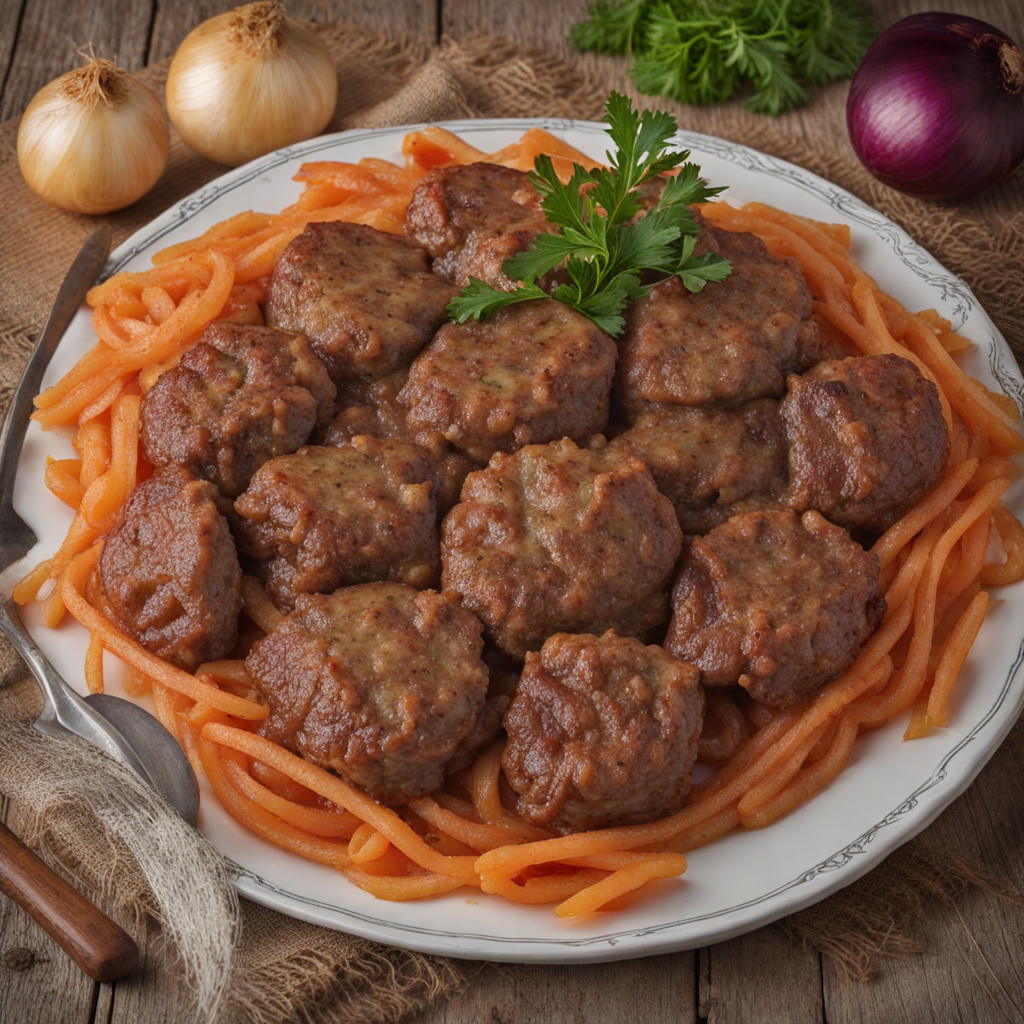Kačamak
Kačamak is a traditional Montenegrin dish that embodies the rustic charm of Balkan cuisine. This hearty meal is primarily made from cornmeal, which is cooked with water and salt to create a thick, creamy polenta-like consistency. The dish is often enriched with ingredients such as butter or cheese, adding layers of flavor and richness. The texture is comforting—smooth yet slightly grainy—and it serves as the perfect canvas for various accompaniments, making it a beloved staple in many Montenegrin households. Served warm, Kačamak can be complemented by a variety of toppings that enhance its flavor profile. One popular way to enjoy it is with a generous serving of crumbled feta cheese or kajmak, a creamy dairy product that adds a tangy richness. Additionally, it can be paired with savory stews, grilled meats, or sautéed vegetables, creating a delightful balance of tastes and textures. The dish is versatile, allowing for personal touches that reflect regional ingredients and family traditions. Beyond its taste, Kačamak carries a sense of nostalgia and cultural significance, often enjoyed during family gatherings and festive occasions. It is a dish that fosters a sense of community, bringing people together around the table to share stories and laughter. As you explore Kačamak, you will discover not just a unique flavor but also a connection to the heart of Montenegrin culinary heritage, inviting you to savor the simple yet profound pleasures of this beloved dish.
How It Became This Dish
Kachamak: A Culinary Journey Through Montenegro's Heart Origins Kachamak, a traditional dish from Montenegro, is a hearty staple that showcases the rich agricultural heritage of the region. Its origins can be traced back to the rural communities of the Balkans, where subsistence farming was a way of life. With its roots steeped in necessity, Kachamak was born out of the need for a filling and nourishing meal that utilized locally available ingredients. The primary components of Kachamak are cornmeal and water, with variations often incorporating milk or cheese. Corn, introduced to Europe from the Americas in the late 15th century, quickly became a vital crop in the Balkans. Its adaptability to various climates and soils made it a staple among the Montenegrin people, particularly in the mountainous regions where other crops struggled to thrive. The dish is similar to polenta in Italy and grits in the Southern United States, but it possesses its own unique identity shaped by the culture and flavors of Montenegro. Cultural Significance Kachamak is more than just a meal; it is a symbol of Montenegrin identity and heritage. Traditionally, it has been consumed in various settings: from family gatherings and celebrations to solitary meals in the fields. In rural areas, Kachamak is often associated with communal cooking, where families would gather to prepare the dish together, sharing stories and laughter. This communal aspect imbues the dish with a sense of belonging and cultural continuity, fostering connections between generations. In Montenegrin folklore, Kachamak holds a special place as a sustenance food, often mentioned in songs and stories that celebrate the beauty of the land and the resilience of its people. For many Montenegrins, Kachamak evokes nostalgia, reminding them of childhood and the warmth of family kitchens. It is often served with accompaniments such as cheese, sour cream, or a rich meat sauce, elevating its status from a simple side dish to a hearty meal that embodies the spirit of Montenegrin hospitality. Development Over Time Throughout the centuries, Kachamak has evolved, influenced by various cultural exchanges and historical events in the Balkans. During the Ottoman Empire's reign over the region, culinary practices began to merge, leading to the introduction of new ingredients and cooking techniques. While the core of Kachamak remained unchanged, the dish began to incorporate elements from neighboring cuisines, such as spices and herbs, which added depth to its flavor profile. In modern times, Kachamak has seen a resurgence in popularity, particularly among younger generations who are rediscovering traditional Montenegrin cuisine. As food tourism grows in Montenegro, Kachamak has found its place on menus in restaurants and is often featured in culinary festivals celebrating local gastronomy. Chefs are now experimenting with Kachamak, presenting it in innovative ways that honor tradition while appealing to contemporary palates. The dish has also adapted to modern dietary preferences, with variations that include gluten-free options or recipes that incorporate vegetables, reflecting a growing awareness of health and nutrition. While the classic version remains beloved, the flexibility of Kachamak allows it to fit seamlessly into a diverse range of culinary contexts. Regional Variations Montenegro's diverse geography has resulted in regional variations of Kachamak, each with its own unique twist. In the coastal regions, Kachamak might be served alongside fresh seafood, while in the mountainous areas, it is often paired with hearty meats and rich sauces. This adaptability not only showcases the ingredients available in different parts of Montenegro but also highlights the creativity of local cooks. In the northern regions, Kachamak is sometimes enriched with the addition of potatoes or served with a variety of local cheeses such as Njeguški pršut (cured ham) or the famed Montenegrin sheep cheese. In contrast, the southern coastal areas may bring an infusion of Mediterranean flavors, pairing Kachamak with olive oil, fresh herbs, and local vegetables, thus bridging the culinary traditions of land and sea. A Modern Culinary Icon In contemporary Montenegro, Kachamak has emerged as a national dish that transcends its humble origins. With its rich history and cultural significance, it has become a point of pride for Montenegrins, a representation of their heritage that is both cherished and celebrated. The dish is often served at national holidays, weddings, and festivals, reinforcing its status as a symbol of community and cultural identity. Moreover, Kachamak's presence in the global culinary scene has begun to grow, with Montenegrin expatriates and chefs introducing the dish to international audiences. Food enthusiasts are increasingly drawn to the rustic charm of Kachamak, appreciating its simplicity and the story it tells about the Montenegrin way of life. Conclusion Kachamak is more than just a dish; it is a narrative woven into the fabric of Montenegrin culture and identity. From its origins in the fields of Montenegro to its status as a beloved national dish, Kachamak has undergone a remarkable transformation, reflecting the resilience and creativity of its people. As Montenegrins continue to celebrate their culinary heritage, Kachamak stands as a testament to the power of food as a means of connection, tradition, and celebration. In an ever-changing world, Kachamak remains a comforting constant, a reminder of the land, the labor, and the love that goes into every bowl. Whether enjoyed at a family gathering or discovered on a plate in a bustling restaurant, Kachamak invites all who taste it to partake in a shared history, one that is rich, flavorful, and undeniably Montenegrin.
You may like
Discover local flavors from Montenegro


